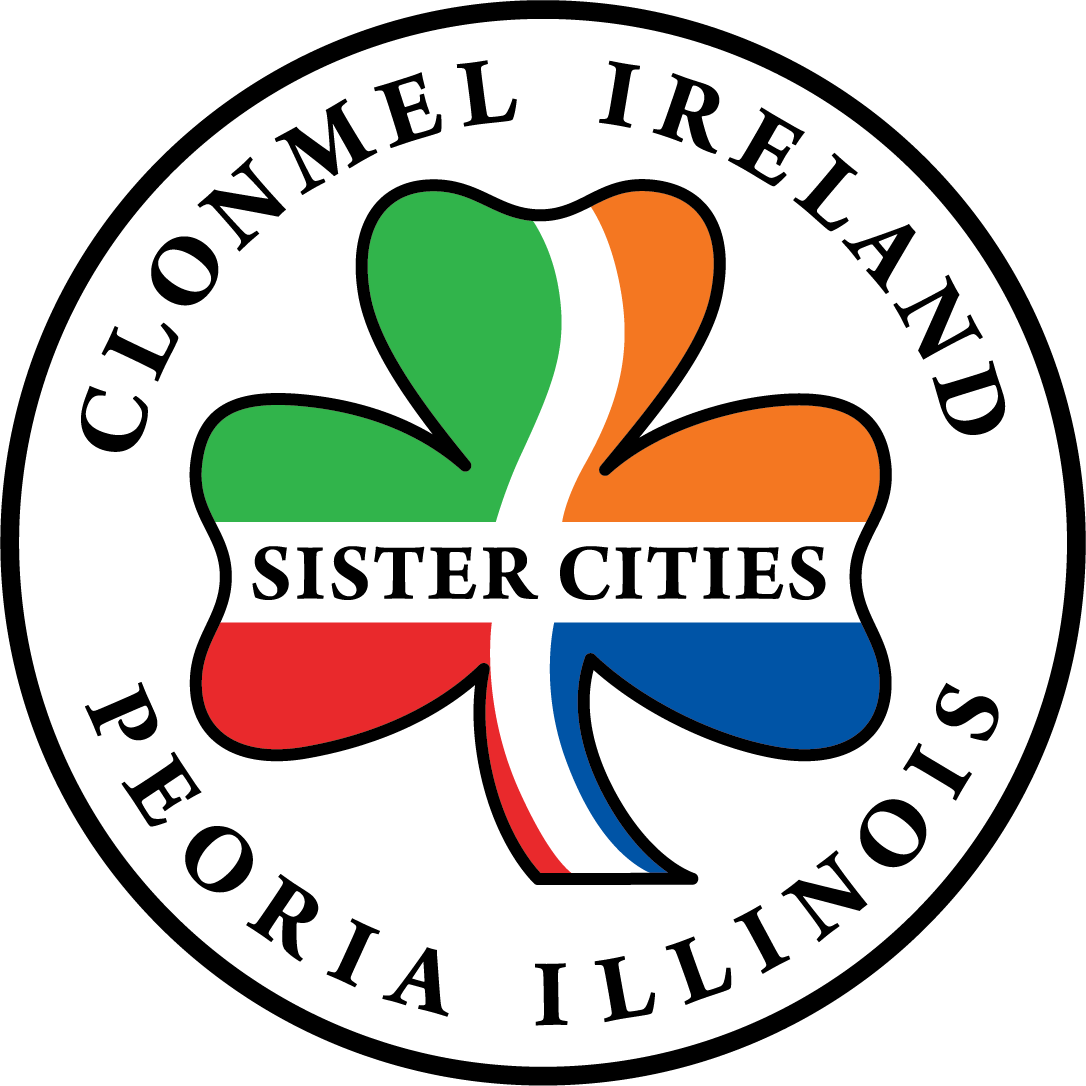When a community, of any size, decides to join with a community in another nation to learn more about one another and to develop friendly, meaningful exchanges, the two communities propose a formal affiliation leading to official designation as “sister cities.” A sister city relationship becomes official with the signing of a formal agreement by the top elected officials of the two local jurisdictions. This is usually done during a ceremony in one of the communities, following approval by the local city councils.
Therefore, a sister city relationship is a broad-based, officially approved, long-term partnership between two communities. Sister city partnerships have the potential to carry out the widest possible diversity of activities of any international program, including every type of municipal, business, professional, educational, and cultural exchange or project.
Sister city programs are also unique in that they inherently involve the three main sectors in a community: local government, businesses, and a wide variety of citizen volunteers including nonprofit organizations.
Sister cities were started by President Eisenhower at the end of World War II as a people to people program with no government involvement.
